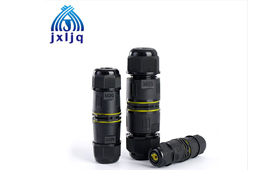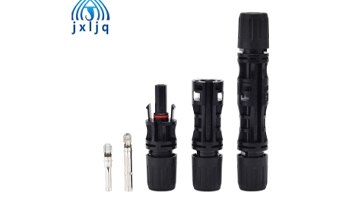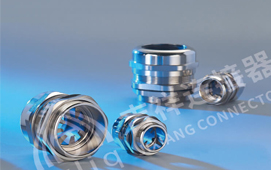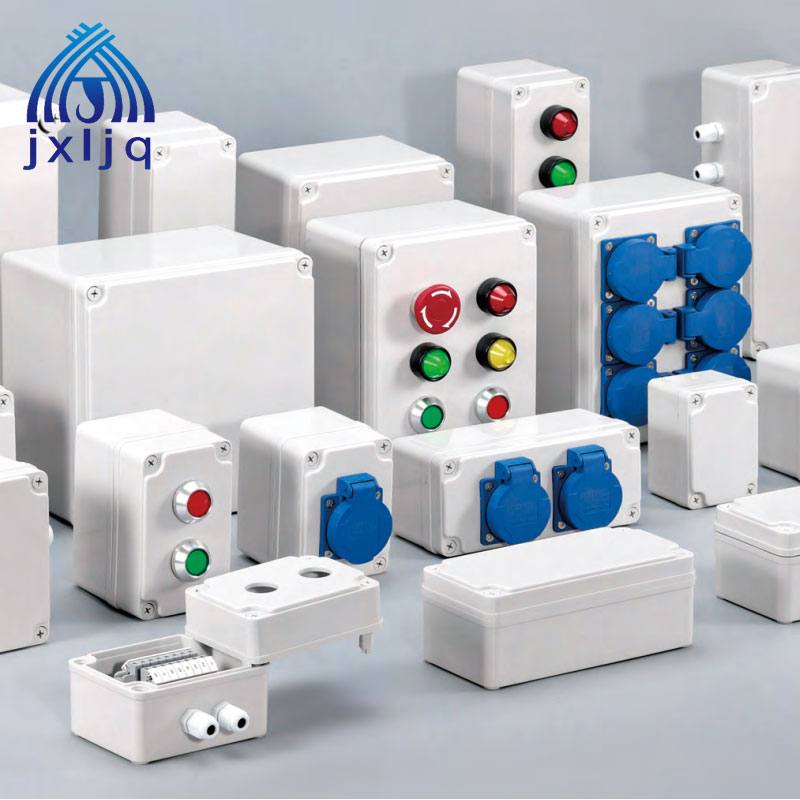How to Maintain a Stainless Steel Cable Gland
Stainless steel cable glands are crucial components in various industries, especially in environments where reliability and safety are of utmost importance. Proper maintenance ensures their long - term performance and the integrity of the electrical systems they are part of. Here are the key aspects of maintaining a stainless steel cable gland
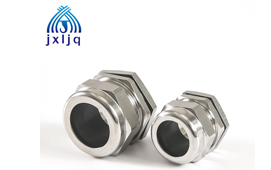
1. Regular Cleaning
Surface Cleaning: Regularly clean the surface of the stainless steel cable gland to remove dirt, dust, and any contaminants that may have accumulated. Use a soft, non - abrasive cloth or a brush. For stubborn stains, a mild detergent mixed with water can be used. Avoid using harsh chemicals that could potentially damage the stainless - steel surface. For example, in a food - processing plant, daily cleaning can prevent food residues from adhering to the gland, which could lead to corrosion over time.
Internal Cleaning: If possible, clean the internal parts of the gland periodically. This can be done by carefully disassembling the gland according to the manufacturer's instructions. Use compressed air to blow out any debris or dust that may have entered the interior. In industrial settings with a lot of airborne particles, internal cleaning every few months can significantly improve the gland's performance.
2. Inspection
Visual Inspection: Conduct regular visual inspections to check for signs of wear, damage, or corrosion. Look for any cracks, dents, or discoloration on the gland body. Check the sealing components, such as O - rings, for any signs of degradation or wear. In a marine environment, where the gland is exposed to saltwater, more frequent visual inspections, perhaps weekly or bi - weekly, are necessary.
Functionality Inspection: Periodically test the functionality of the cable gland. This can involve checking the tightness of the gland around the cable to ensure a proper seal. Make sure that the gland is still effectively clamping the cable and providing strain relief. In high - vibration environments, like in some manufacturing machinery, functionality inspections should be carried out more often to prevent any loosening of the gland.
3. Component Replacement
Worn - out Seals: Replace the sealing components, such as O - rings, when they show signs of wear or loss of elasticity. Old or damaged seals can lead to water ingress or poor cable clamping. In a high - humidity environment, seals may need to be replaced more frequently, maybe once a year or even more often depending on the severity of the conditions.
Damaged Parts: If any other parts of the gland, such as the nuts, bolts, or the gland body itself, are damaged, replace them immediately. Using damaged parts can compromise the performance and safety of the cable gland. For example, a cracked gland body may not be able to provide adequate protection to the cable, increasing the risk of electrical failures.
4. Lubrication (if applicable)
Moving Parts: Some stainless steel cable glands have moving parts, such as adjustable nuts or swivel joints. These parts should be lubricated regularly with a suitable lubricant recommended by the manufacturer. Lubrication helps to reduce friction and wear, ensuring smooth operation. However, be careful not to use a lubricant that could contaminate the surrounding environment, especially in sensitive applications like in the food and beverage industry.
In conclusion, maintaining a stainless steel cable gland involves regular cleaning, thorough inspection, timely component replacement, and proper lubrication (when required). By following these steps, the lifespan and performance of the cable gland can be significantly enhanced, contributing to the overall reliability of the electrical system.


